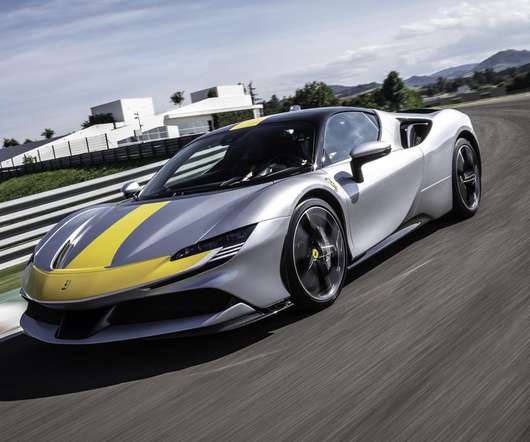Downsized 4.0 TFSI for Audi S8 cuts fuel consumption 23% compared to predecessor; cylinder deactivation and start-stop
Green Car Congress
OCTOBER 11, 2011
Audi’s principle of downsizing: “ Forced induction replaces displacement ” One twin-scroll turbocharger per cylinder bank compresses the fresh air. From each pair of cylinders, the exhaust ports lead separately to a manifold and the turbocharger housing; they are not combined until immediately ahead of the turbine.













Let's personalize your content